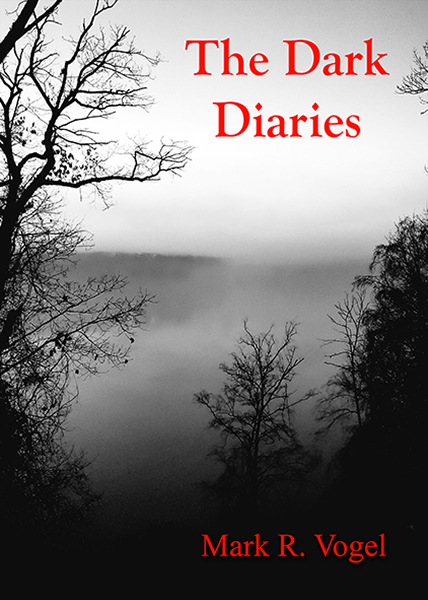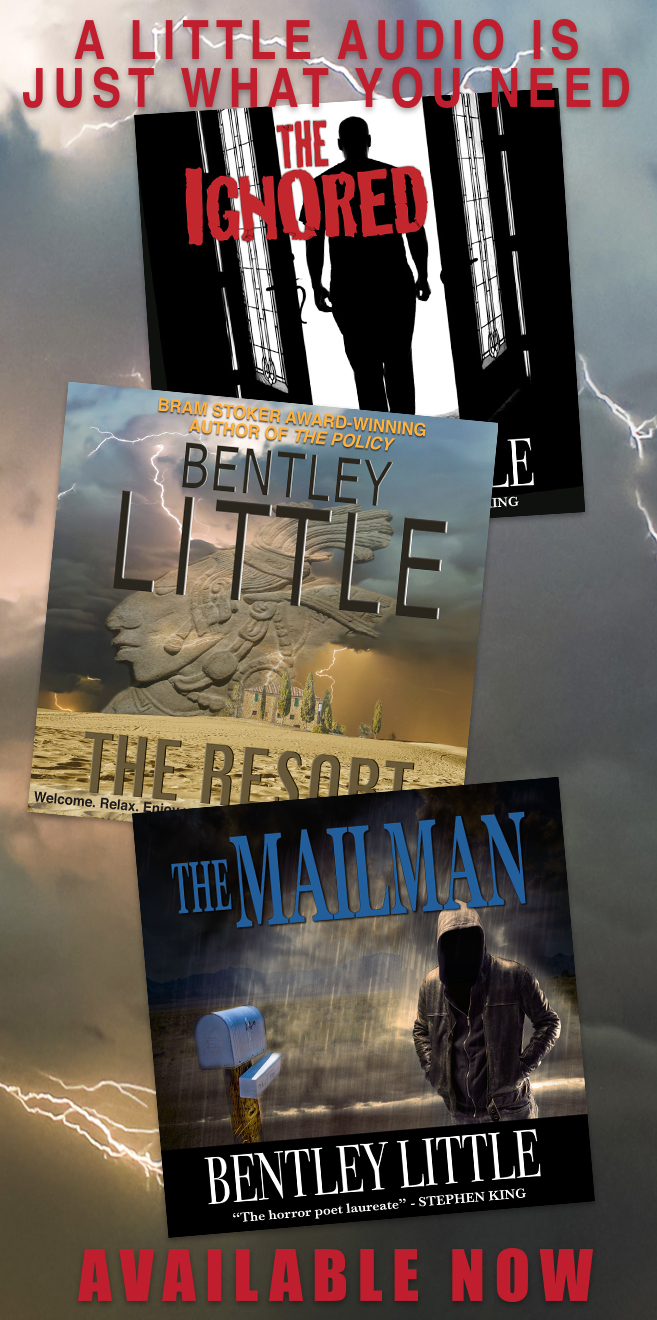always look forward to a poorly reviewed work because I like rooting for the underdog and enjoy the challenge of finding something that others might have overlooked. Granted, this is indeed a fruitless effort in most cases, yet–as the old adage goes–half the fun of going to Hell is getting there, is it not? That being said, I typically approach such films with lenient sympathy but, predictably, am generally forced to concur with my follow critics’ preceding sentiments by the end of such viewings. That being said, I believe my peers were wrong in their assessment of Courtney Solomon’s An American Haunting being a poor film. They were much too kind. Instead, I offer that the work is condemnable from most every conceivable aspect imaginable.
An American Haunting is not only another futile entry in the plight of PG-13 horror which seems to be running rampant throughout the offset of the 21st century, but–more insultingly–is the epitome of unabashed Machiavellian exploitation in that it also commits the sin of being not only an effigy of a previous horror effort, but has the audacity of doing so under another name, thereby implying that its audience is being treated to an original work of art.
Though based on a purportedly true story, this nonetheless does not grant aesthetic and PR impunity to a work which trudges, trudges mind you, in the ruts of a preceding horror film, Sidney Furie’s The Entity. However, the truly unrepentant slap in the face exists in the fact that the filmmakers attempt to veil the familiar plot by setting the work a little under 200 years prior to the events witnessed in Furie’s production, thus implying that a change in wardrobe will aptly distract us from the Xeroxed storyline. This, atop the fact that An American Haunting is poorly written and trite in most every aspect, culminates in an infuriating hour-and-a-half which almost demands an apology from those involved.
Perhaps the split-second flash of a Ringu-esque young girl in the opening sequence of the film–a horror cliché for the new millennium if there ever was one–is a metaphor for the work as a whole, that is, an uninspired, by-the-numbers horror production which does nothing that its forerunners haven’t previously accomplished (and at that, more artistically and articulately). Case in point, the bookends of the framed narrative serve little purpose outside of securing the ever-popular postmodern unhappy ending that seems to be a prerequisite to horror films these days as the regional dialogue is too inconsistent while its local color comes across as a bit too pristine to be authentic. This says nothing of the fact that the director attempts to reinterpret the Bell Witch legend which, in and of itself is his artistic right, but does so without bothering to question if his reading is plausible and, worse yet, whether it houses the ingredients which might comprise a rewarding narrative. In the end, Solomon’s work is the epitome of a Hollywood treatment–slick production values, big name actors, all lost amid a quagmire of nothingness–which even has the audacity to implement Sam Raimi’s “demon cam” along the way.
The only thing which is of the slightest interest is the revelation that ghosts see in black and white as well as color, albeit it alternately, though–as you might well imagine–to no discernable overall effect outside of placating a teen audience’s ADD demands which is done so, natch, in lieu of the film’s adult-theme.
-Egregious Gurnow
- Interview with J.R. Bookwalter - January 22, 2015
- Interview with Andrew J. Rausch - January 22, 2015
- Interview with Rick Popko and Dan West - January 22, 2015
- Interview with Director Stevan Mena (Malevolence) - January 22, 2015
- Interview with Screenwriter Jeffery Reddick (Day of the Dead 2007) - January 22, 2015
- Teleconference interview with Mick Garris (Masters of Horror) - January 22, 2015
- A Day at the Morgue with Corri English (Unrest) - January 22, 2015
- Interview with Writer/Director Nacho Cerda (The Abandoned, Aftermath) - January 22, 2015
- Interview with Actress Thora Birch (Dark Corners, The Hole, American Beauty) - January 22, 2015
- Interview with Actor Jason Behr, Plus Skinwalkers Press Coverage - January 22, 2015


